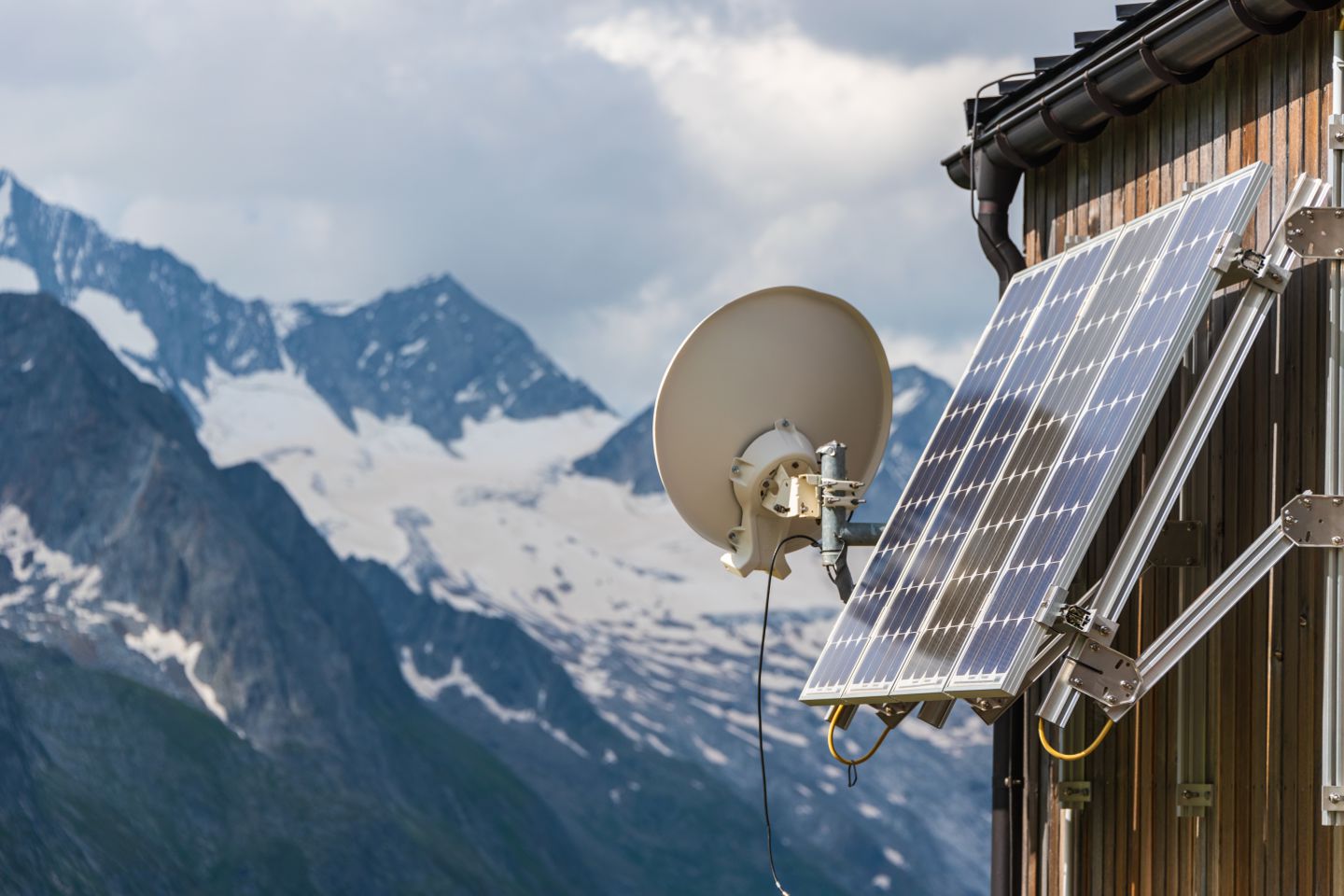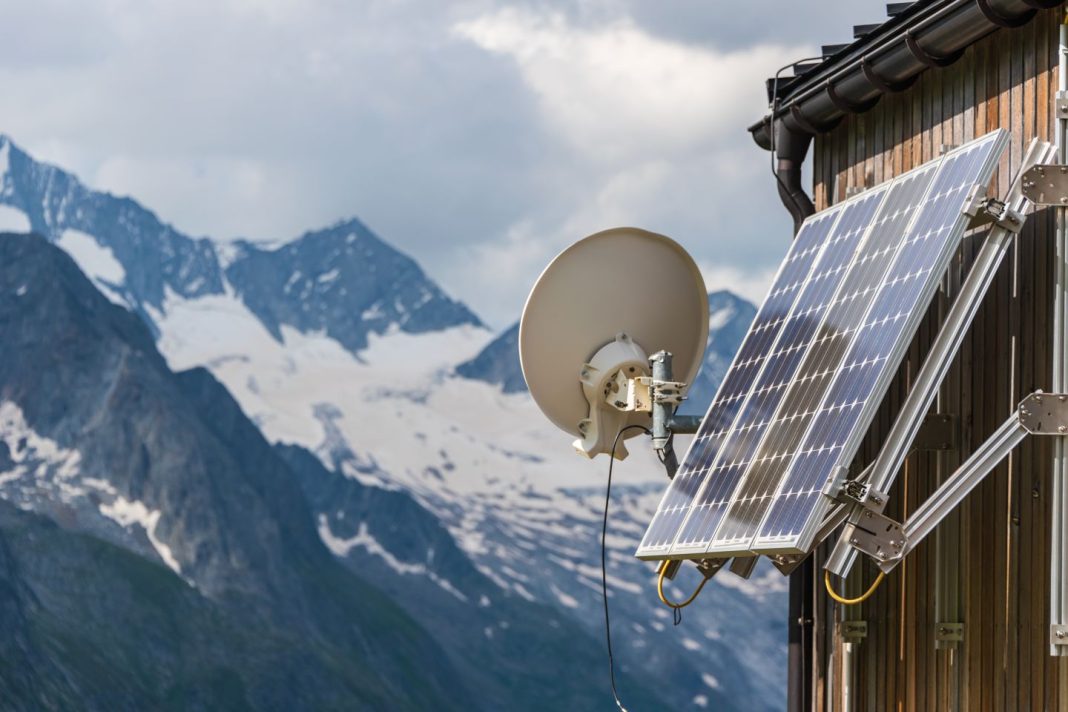
Expanding Starlink’s In-Flight Wi-Fi Market Reach
SpaceX’s Starlink, the satellite internet arm of Elon Musk’s space company, has made significant strides in the in-flight connectivity (IFC) market. The company recently announced a major deal with United Airlines, nearly doubling its backlog of Starlink in-flight Wi-Fi orders. Nick Galano, SpaceX’s director of Starlink aviation sales and partnerships, revealed that they now have about 2,500 aircraft under contract, making Starlink a growing experience that will resonate with passengers and airlines worldwide.
With the United Airlines megadeal, Starlink secured its largest IFC agreement to date. This partnership will not only provide Wi-Fi to more than 1,000 United Airlines planes but will also replace the airline’s existing quartet of WiFi providers. Starlink’s installation on United’s planes over the next several years will push out Viasat, Panasonic, Thales, and Gogo.
SpaceX has been actively expanding its Starlink network and product offerings since its launch in 2020. Initially targeting consumers, the company has broadened its scope to include enterprise services such as aviation and maritime. Starlink has already established in-flight deals with other airlines, including Hawaiian Airlines, Qatar Airways, Japan’s Zipair, Latvia’s airBaltic, and semi-private charter airline JSX.
The success of Starlink’s IFC market penetration can be attributed to its vast capacity and continuous expansion. Currently, there are over 6,400 Starlink satellites in orbit, connecting more than 3 million customers in 100 countries. Galano highlighted the remarkable capacity that Starlink provides, stating that the current satellite constellation offers over 100 times the capacity of legacy systems, with more than 300 terabits per second worth of capacity available.
To further enhance its capabilities, SpaceX continues to launch rockets carrying new Starlink satellites approximately every three days this year. This constant expansion ensures that Starlink can meet the increasing demand for reliable and high-speed in-flight Wi-Fi.
In addition to capacity, Starlink is also focused on simplifying the installation process for airlines. Retrofitting aircraft with new antennas for satellite communications systems can be time-consuming and disruptive. However, SpaceX aims to reduce the installation time to less than a day. Galano mentioned that they have already achieved this on Hawaiian Airlines’ and JSX’s fleets. In comparison, Delta Air Lines stated that their satellite IFC retrofit process takes an average of about three days. However, Delta’s retrofitting process is more complex, as it involves upgrading or replacing an existing satcom system.
The competition among airlines for high-end customers is fierce. Delta Air Lines, which currently relies on Viasat for in-flight service, made its Wi-Fi free to members of its frequent flyer program in early 2023. This decision has proven to be worthwhile for the airline, attracting an additional 3 million SkyMiles members. United Airlines, now partnering with Starlink, is also in this battle for high-end customers.
Overall, SpaceX’s expansion into the in-flight Wi-Fi market through Starlink is a significant development. With its vast capacity and commitment to simplifying installation processes, Starlink is poised to provide reliable and high-speed internet connectivity to passengers and airlines worldwide. As the company continues to launch more satellites and secure partnerships with major airlines, the future of in-flight Wi-Fi looks promising.

